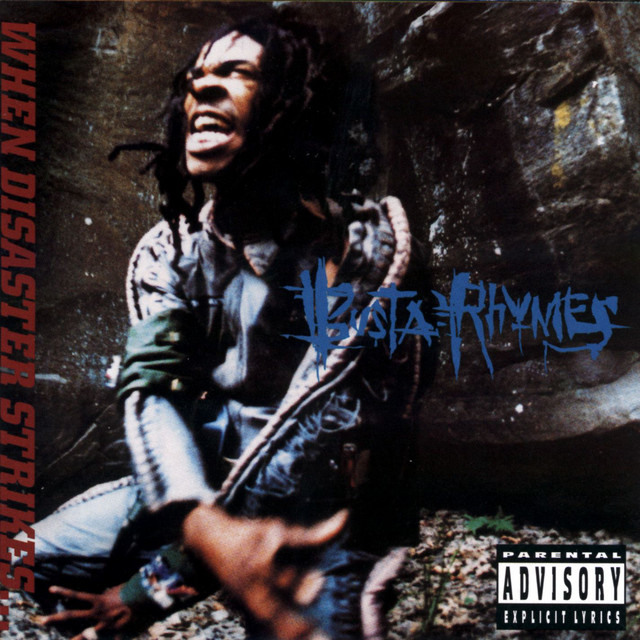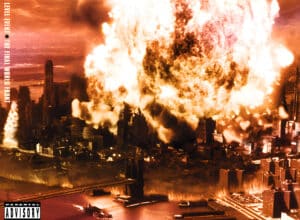Released: 1997 • Features: Jamal
Ah, step into the arena with Busta Rhymes’ 1997 anthem, “Put Your Hands Where My Eyes Could See,” featuring Jamal. This track isn’t just a song; it’s a bombastic proclamation of Busta’s lyrical prowess and a call to arms for party-goers and hip-hop heads alike. The general theme? Busta’s here to dominate the rap game with his unique style and bring everyone into the frenetic energy of his universe, willingly or not.
The intro sets the stage – Flipmode Squad is here, and they’re not just entering the scene; they’re about to detonate. Busta, with his distinctive voice, immediately dives into boasting his lyrical skills and how he dominates both the club scene and the studio. The “silly with my nine milli'” line isn’t about actual violence, but rather destroying competitors with his rhymes. Busta introduces us to a character, Julio, symbolizing those in his circle who are not to be trifled with, hinting at the seriousness behind the party facade.
The chorus is an infectious call to action, asking everyone to just let loose, put their hands up, and witness Busta’s greatness – but it’s also a metaphor. “Put all your hands where my eyes could see” serves a dual purpose, demonstrating submission to his rap superiority and inviting listeners to join the revelry. The phrase “straight buckwhylin'” refers to having an uninhibited, wild time, epitomizing the essence of Busta’s energy.
In the next verse, Busta shifts gear slightly, positioning himself and his crew as almost untouchable. The mention of “In God we trust” juxtaposed with their “murderous” reputation on the mic, plays on the duality of being feared yet revered in the hip-hop community. Curiosity and mystery shroud them, but there’s also this undeniable gravitas they bring, forcing even the radio to give in to their sound. The “chickens” lines reveal a braggadocio side, discussing how women flock to their success and allure, a common theme in hip-hop’s showcase of masculinity and dominance. Yet, it’s Busta’s salute to the late Notorious B.I.G. that grounds the verse, showing respect and remembrance amidst the bravado.
To close it out, the repetition of the chorus amplifies the song’s core – a call to rally behind Busta Rhymes, to recognize his impact and to simply indulge in the raw energy of the moment. The constant mentioning of “hands where my eyes could see” now serves not just as an invitation but as a recognition of Busta’s command over the hip-hop landscape.
“Put Your Hands Where My Eyes Could See” isn’t just a rap song; it’s a cultural artifact of the late ’90s hip-hop scene, showcasing Busta Rhymes at the peak of his creative prowess. Through his commanding delivery, intricate wordplay, and the track’s infectious rhythm, Busta didn’t just want to be seen; he demanded to be acknowledged as one of the greats, beckoning us into the vibrant world only he could create.








